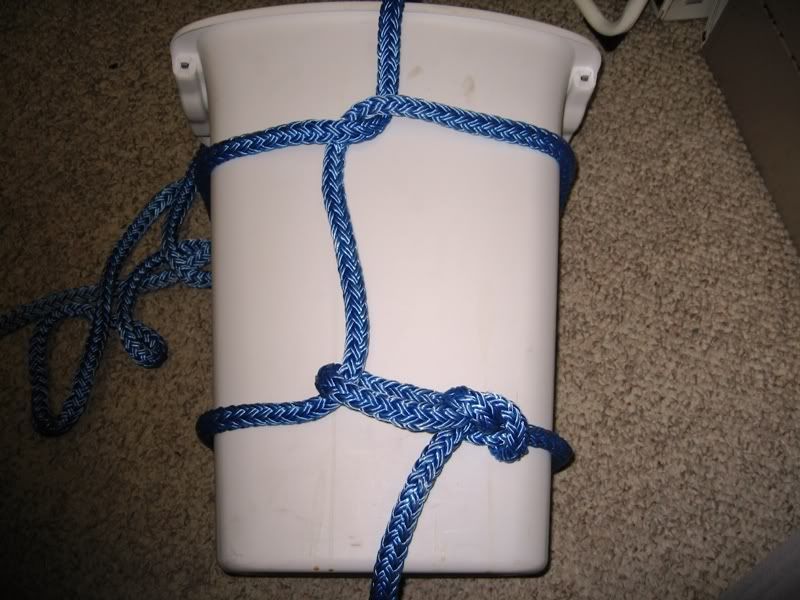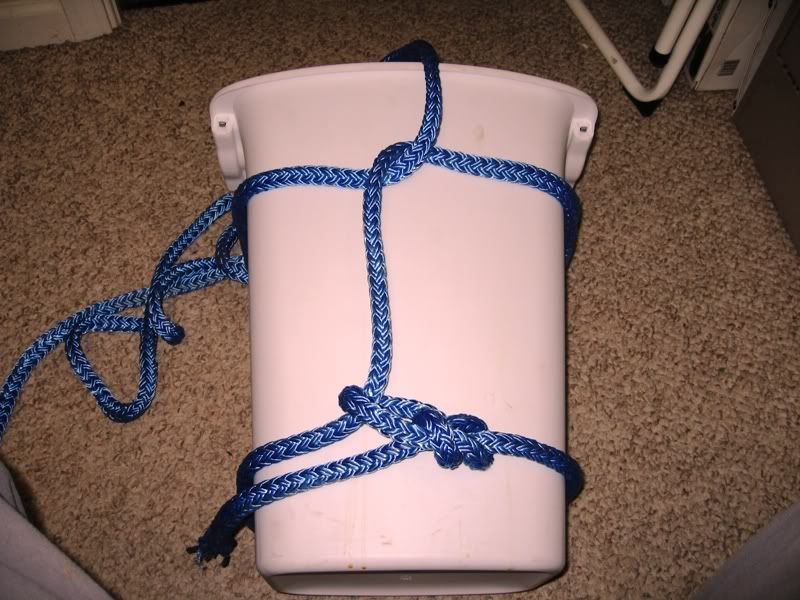A
Ace76
Guest
What hitch do you guys use when lowering a heavy limb or section of trunk?
ALWAYS a running bowline. Sometimes with a half-hitch (marl?), sometimes knot.



ALWAYS a running bowline. Sometimes with a half-hitch (marl?), sometimes knot.



While neither would be anywhere near good, if I had to choose one to slip off, it'd be the half hitch.


...All I needed was some plain english. Thank you Kenny!
I use a marl with a cow hitch above it, then I tie a half hitch under the cow.
